A chill mist hangs in the Scottish Highlands, veiling ancient glens and echoing with the cries of birds that haven’t been heard here in generations. Imagine wandering through these hills and stumbling upon a once-vanished forest, its saplings trembling in the wind, or catching sight of a red squirrel darting among the branches. This isn’t a fantasy—rewilding is transforming the Highlands, turning back the clock on centuries of ecological loss. The real magic? It’s not just scientists or conservationists at the helm, but ordinary Scots, farmers, and families reclaiming their wild heritage. Their story is one of hope, stubbornness, and a deep love for the land, and it’s rewriting the future of Scotland’s natural world.
Understanding Rewilding: More Than Just Letting Nature Be

Rewilding might sound like abandoning land to the wild, but it’s much more intentional and dynamic. At its heart, rewilding is about restoring natural processes and missing species to bring ecosystems back to life. In the Highlands, this means not only planting trees but also reintroducing lost animals, reviving rivers, and supporting the return of native plants. Rather than imposing strict human control, rewilding encourages nature to chart its own course, allowing the landscape to heal and thrive. This process often involves removing barriers, such as old fences or non-native plantations, to reconnect fragmented habitats. The ultimate goal is a self-sustaining, resilient ecosystem that supports both wildlife and people for generations to come. It’s messy, unpredictable, and sometimes controversial—but always deeply inspiring.
The Ecological Wounds of the Highlands
For centuries, the Highlands have carried the scars of deforestation, overgrazing, and intensive land management. Native forests that once blanketed hillsides were cleared for timber and sheep, leaving behind barren moorlands and eroded soils. Rivers straightened for agriculture lost their natural curves, draining wetlands and driving away beavers and fish. These changes didn’t just impact wildlife; they altered the very fabric of local communities, who lost traditional livelihoods tied to healthy forests and rivers. Today’s rewilding movement is an answer to this ecological amnesia, seeking to heal old wounds by piecing together what was lost. The challenge is immense, but every seedling planted and stream restored is a small act of hope.
Local Communities: The Beating Heart of Rewilding
Rewilding efforts in Scotland would be nothing without the passion and grit of local communities. In places like Glen Affric and the Cairngorms, residents are rolling up their sleeves, planting trees, and monitoring wildlife, often working side by side with scientists. Some families have farmed these lands for generations, and their knowledge of the landscape is invaluable for restoration. Community groups have set up nurseries for native saplings, organized river cleanups, and hosted workshops on traditional skills like coppicing and peatland restoration. This isn’t just about nature—it’s about people reclaiming agency over their home, building resilience against climate change, and forging new economic opportunities like nature tourism and wild food enterprises.
The Return of the Forests: Replanting the Caledonian Pinewoods
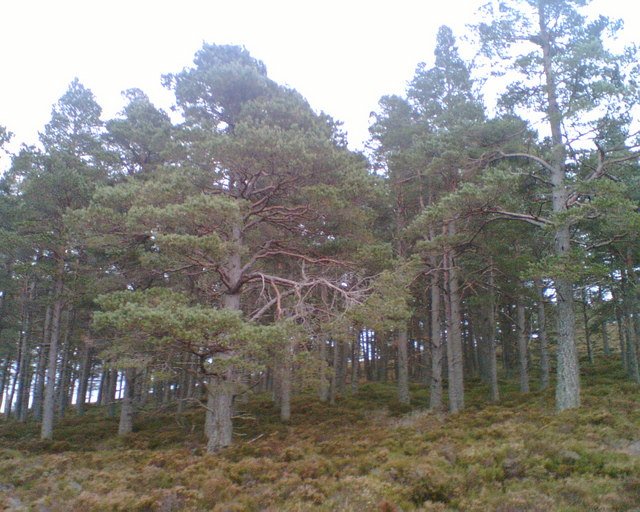
The Caledonian pinewoods once covered vast swathes of the Highlands, sheltering everything from red squirrels to wildcats. Today, only fragments remain, but rewilding projects are boldly planting new saplings and fencing out deer to give forests a fighting chance. Volunteers and schoolchildren often join in, their hands caked with mud and faces lit with excitement. These young trees must battle harsh winds, hungry grazers, and the unpredictable Scottish weather, but every thriving grove is a promise of things to come. As the forests expand, they stabilize the soil, cool the rivers, and provide homes for countless creatures. The sight of a young pine reaching skyward is more than just a tree—it’s the beginning of a new chapter for the Highlands.
Bringing Back the Beavers
Few animals have made as big a splash in the rewilding movement as the Eurasian beaver. Once hunted to extinction in Scotland, beavers have been reintroduced to select rivers, where they quickly set about building dams and lodges. Their engineering marvels slow down water, reduce flooding, and create wetlands teeming with life. At first, some farmers worried about the impact on crops and drainage, but many have come to see beavers as partners in managing water and restoring biodiversity. Watching a beaver family at dusk is a powerful reminder of nature’s ability to rebound when given a second chance.
Restoring Peatlands: Scotland’s Hidden Climate Heroes
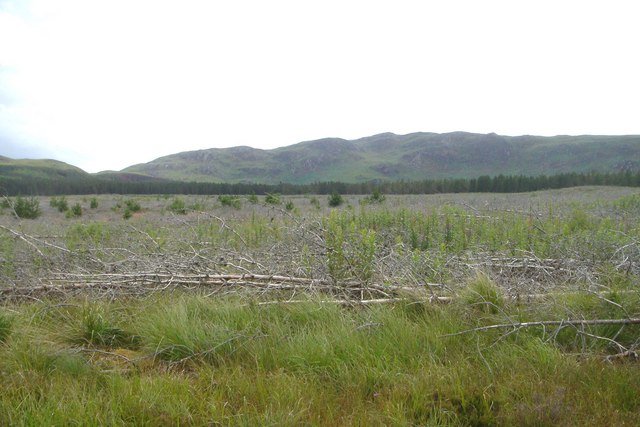
Peat bogs might not look glamorous, but these soggy landscapes are crucial for both wildlife and climate. Scotland’s peatlands store more carbon than all the UK’s forests combined, making them natural allies in the fight against global warming. Years of drainage and burning have left many peat bogs damaged and emitting greenhouse gases. Rewilding teams are blocking old drains, re-wetting the land, and planting sphagnum moss to kick-start recovery. The return of dragonflies, wading birds, and even sundew plants marks the slow but steady healing of these ancient wetlands. Locals often say that restoring peat is like mending an old quilt—slow, patient, and deeply satisfying.
Wildlife Corridors: Connecting Fragmented Habitats
One of the biggest challenges for wildlife in the Highlands is the patchwork of isolated habitats. Animals like pine martens, otters, and even butterflies struggle to move across a landscape broken by roads and fences. Rewilding projects are creating wildlife corridors—strips of native vegetation that link forests, rivers, and peatlands. These green highways allow animals to roam, find mates, and adapt to a changing climate. Sometimes, all it takes is planting a row of hedgerows or restoring a strip of woodland along a stream. The result is a landscape that feels alive and connected, buzzing with movement and possibility.
The Role of Native Species: Why Getting the Right Plants Matters
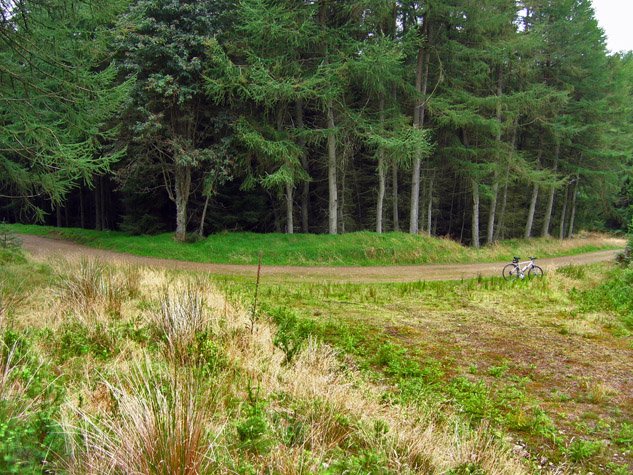
Restoring the Highlands isn’t just about planting any tree or flower. Native species, like Scots pine, birch, and heather, are perfectly adapted to the soils and weather of Scotland. They form the backbone of resilient ecosystems, supporting insects, birds, and mammals that have evolved alongside them. Introducing the wrong species can spell disaster, crowding out native plants and upsetting the delicate balance. Local seed collectors and nurseries go to great lengths to source seeds from the area, ensuring that new forests are truly at home in the Highlands. This attention to detail might seem fussy, but it’s the secret ingredient to long-term success.
Reintroducing Lost Animals: The Debate Over Wolves and Lynx
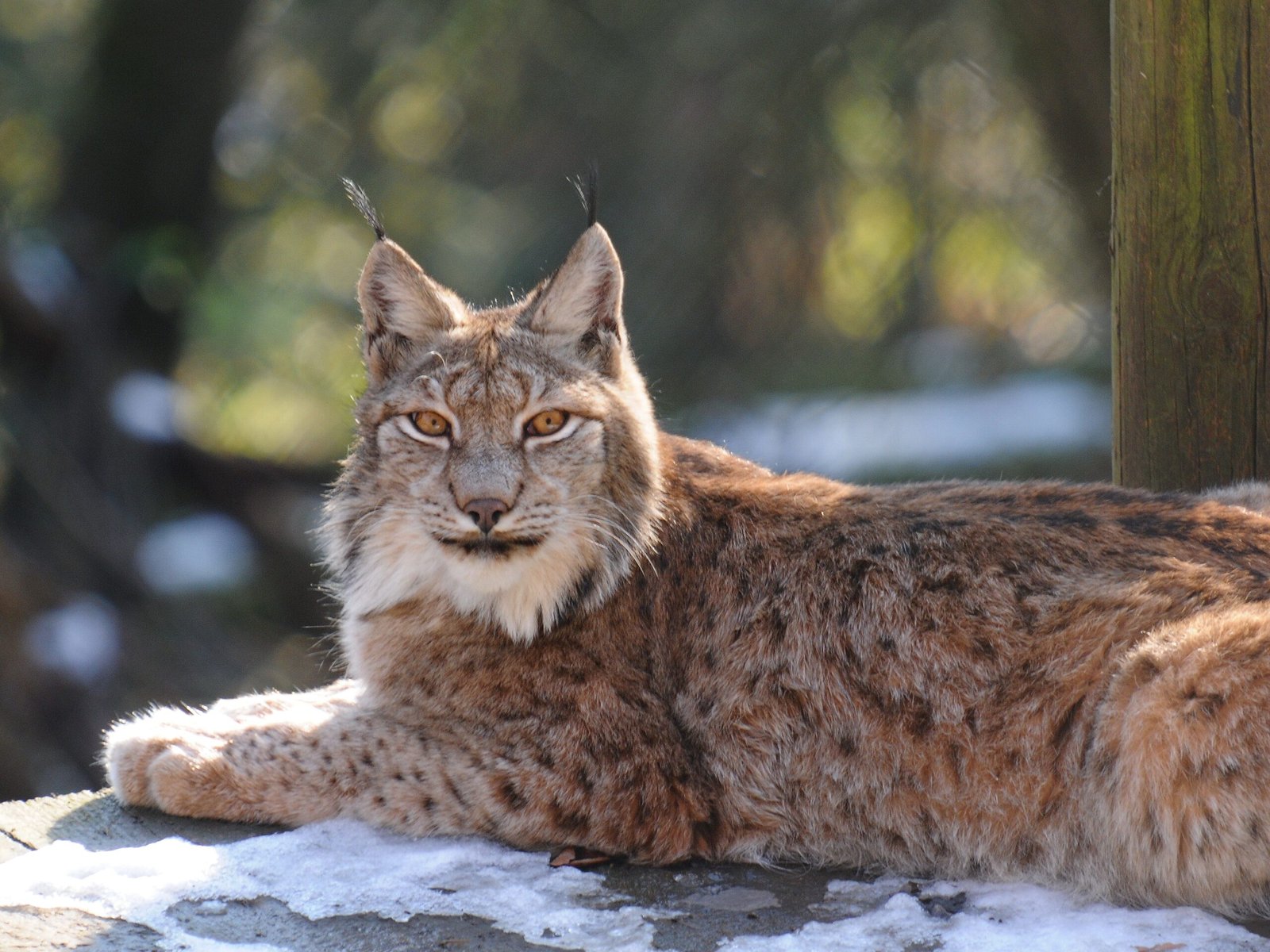
Nothing sparks debate like the idea of bringing back apex predators. Wolves and lynx once roamed Scotland’s forests, but were hunted out centuries ago. Some conservationists argue that their return could balance deer populations and restore natural processes. Others worry about livestock losses and public safety. Community consultations are ongoing, with passionate voices on all sides. For now, smaller steps—like the reintroduction of beavers and wildcats—are showing that coexistence is possible, and that the Highlands’ wild future is up for discussion.
Supporting Farmers and Landowners in the Transition
Farmers and landowners are key players in the rewilding story. Some see rewilding as a threat to traditional ways of life, while others are embracing it as a chance to diversify incomes and restore pride in their land. Government grants and community-led funding help offset the costs of fencing, tree planting, and habitat restoration. Workshops and peer-to-peer learning circles are breaking down barriers between “wild” and “working” land. Many farmers now see themselves as stewards of both food and nature, balancing sheep grazing with woodland creation and river restoration.
Engaging the Next Generation: Youth in Rewilding
No movement can last without the energy and imagination of young people. Across the Highlands, schools are weaving rewilding into their curriculums, taking students outside to plant trees, study insects, and monitor water quality. Youth groups organize wildlife surveys, photography contests, and storytelling nights celebrating Scotland’s wild heritage. These experiences spark a sense of wonder and responsibility that lasts a lifetime. As one teenager put it, “If we don’t care for the land, who will?” The future of rewilding depends on these young hands and hearts.
Volunteering and Citizen Science: Everyone Can Help
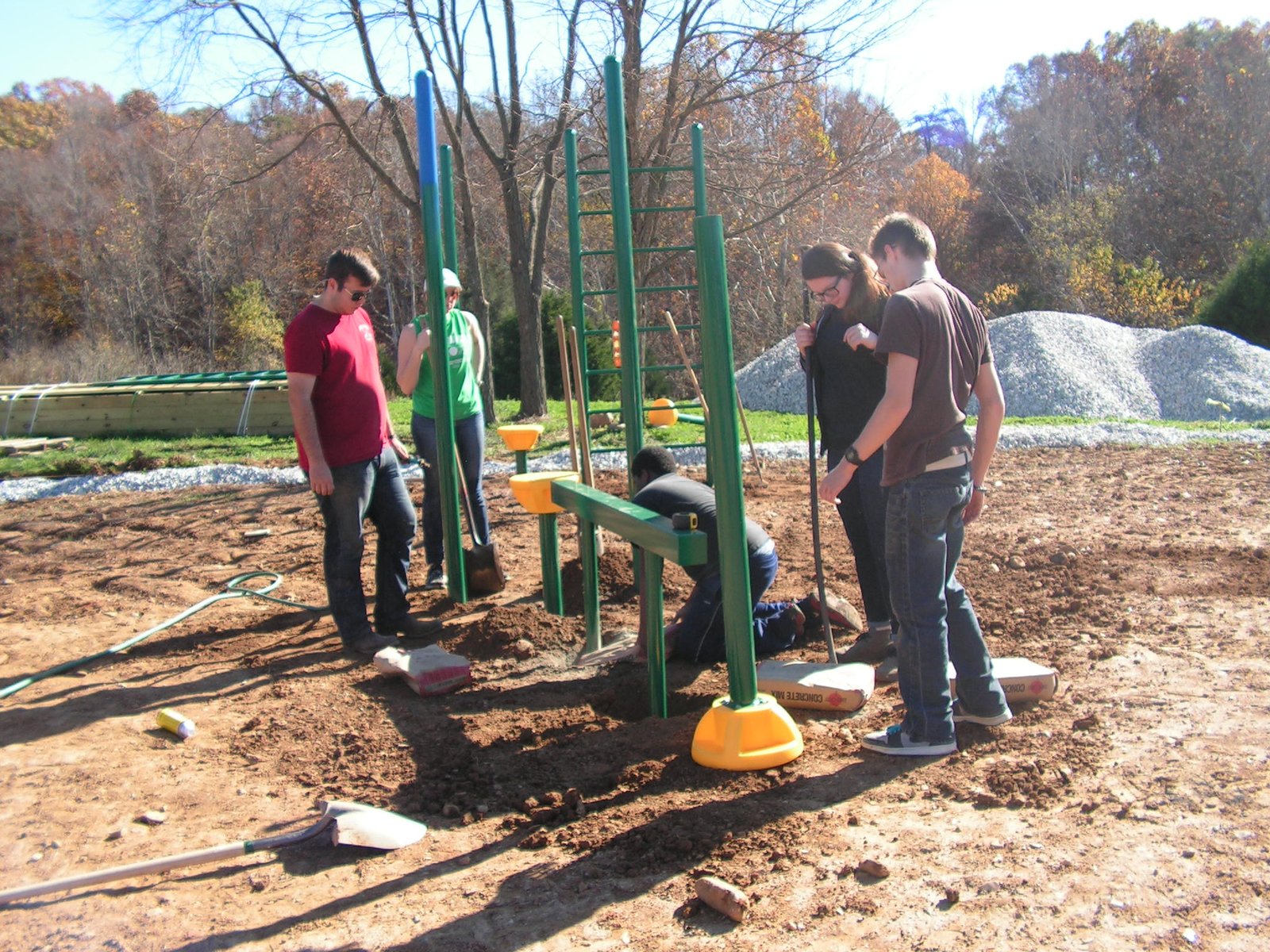
Rewilding isn’t just for experts or landowners—anyone can pitch in. Volunteer days bring together people from all walks of life to plant trees, build paths, or count butterflies. Citizen science projects invite locals to track the return of species like ospreys, badgers, and orchids. These efforts make science fun and accessible, and they build a sense of ownership and pride in the land. There’s a special magic in knowing that your muddy boots and notebook are part of something much bigger.
Economic Benefits: Rewilding as a Rural Lifeline
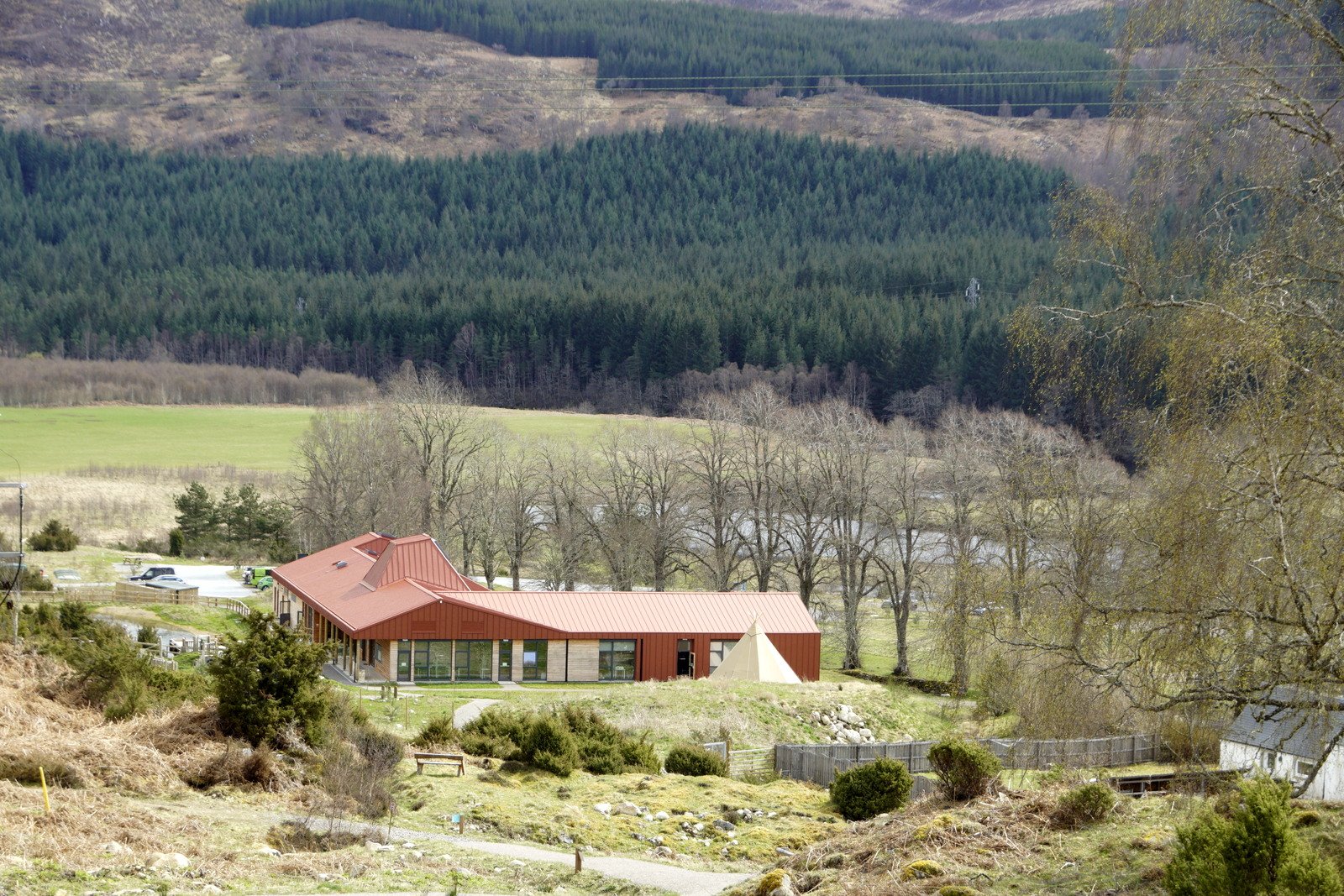
It’s easy to think of rewilding as a luxury, but in many Highland communities, it’s becoming an economic necessity. Nature tourism—think wildlife safaris, birdwatching, and wild camping—is booming, drawing visitors eager to experience Scotland’s wild side. New businesses are popping up, offering guided hikes, local crafts, and wild food tastings. For some families, rewilding offers a way to stay on the land and make a living, even as traditional industries decline. The wild is now a source of hope and renewal.
Climate Resilience: Shielding Scotland from a Changing World
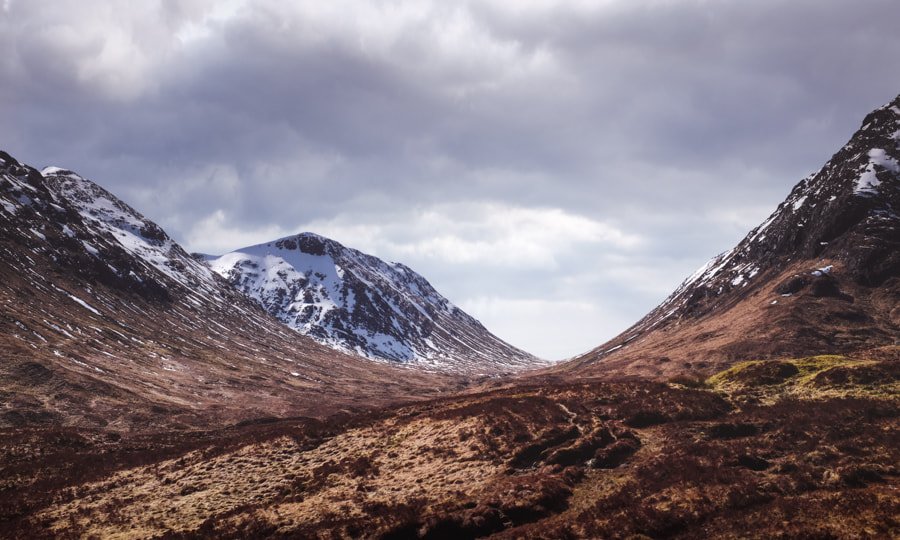
The Highlands have always faced harsh weather, but climate change is bringing new challenges—floods, droughts, and unpredictable seasons. Rewilded landscapes are proving more resilient, with forests and peatlands soaking up water, preventing erosion, and storing carbon. River restoration helps cool waters and protect fish during heatwaves. By working with nature, local communities are building a buffer against the storms of the future. It’s not just about saving wildlife—it’s about saving ourselves.
Overcoming Challenges: Conflict, Compromise, and Hope
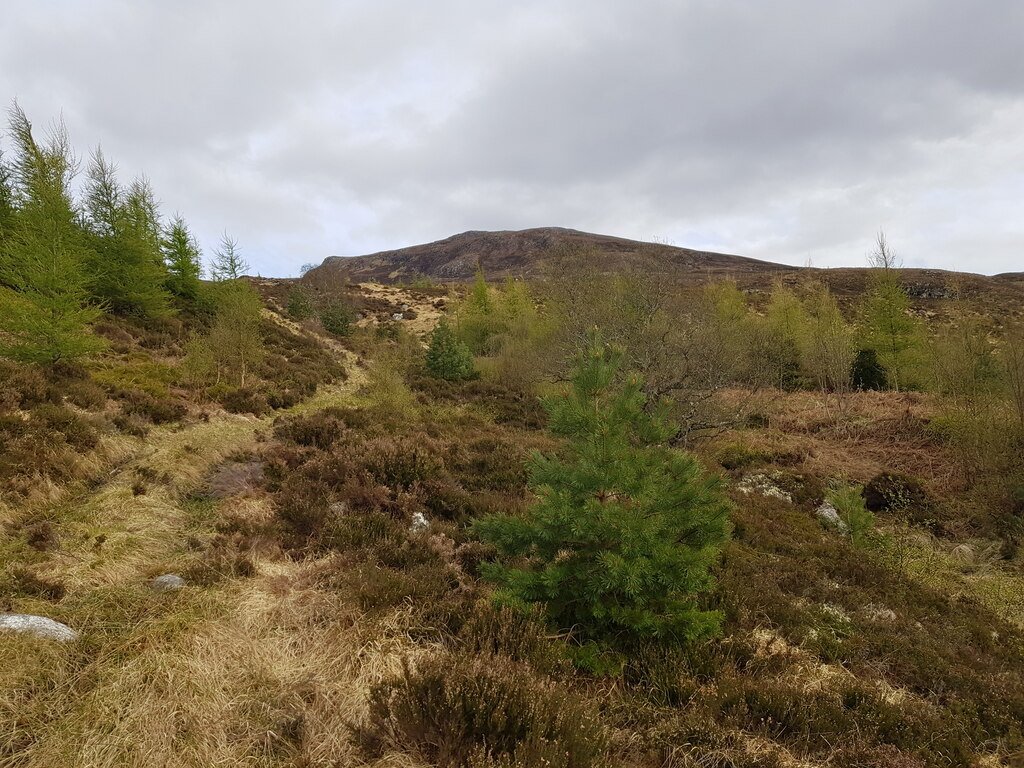
Rewilding is not without its bumps in the road. Disagreements erupt over land use, hunting, and who gets to decide what “wild” should look like. Some worry that rewilding means locking up land and shutting out people. Others fear loss of jobs or cultural traditions. Yet, time and again, communities find ways to compromise—designing flexible projects, sharing benefits, and keeping the conversation going. The process is messy and sometimes slow, but the shared sense of purpose keeps hope alive.
Stories of Success: From Glen Affric to Alladale
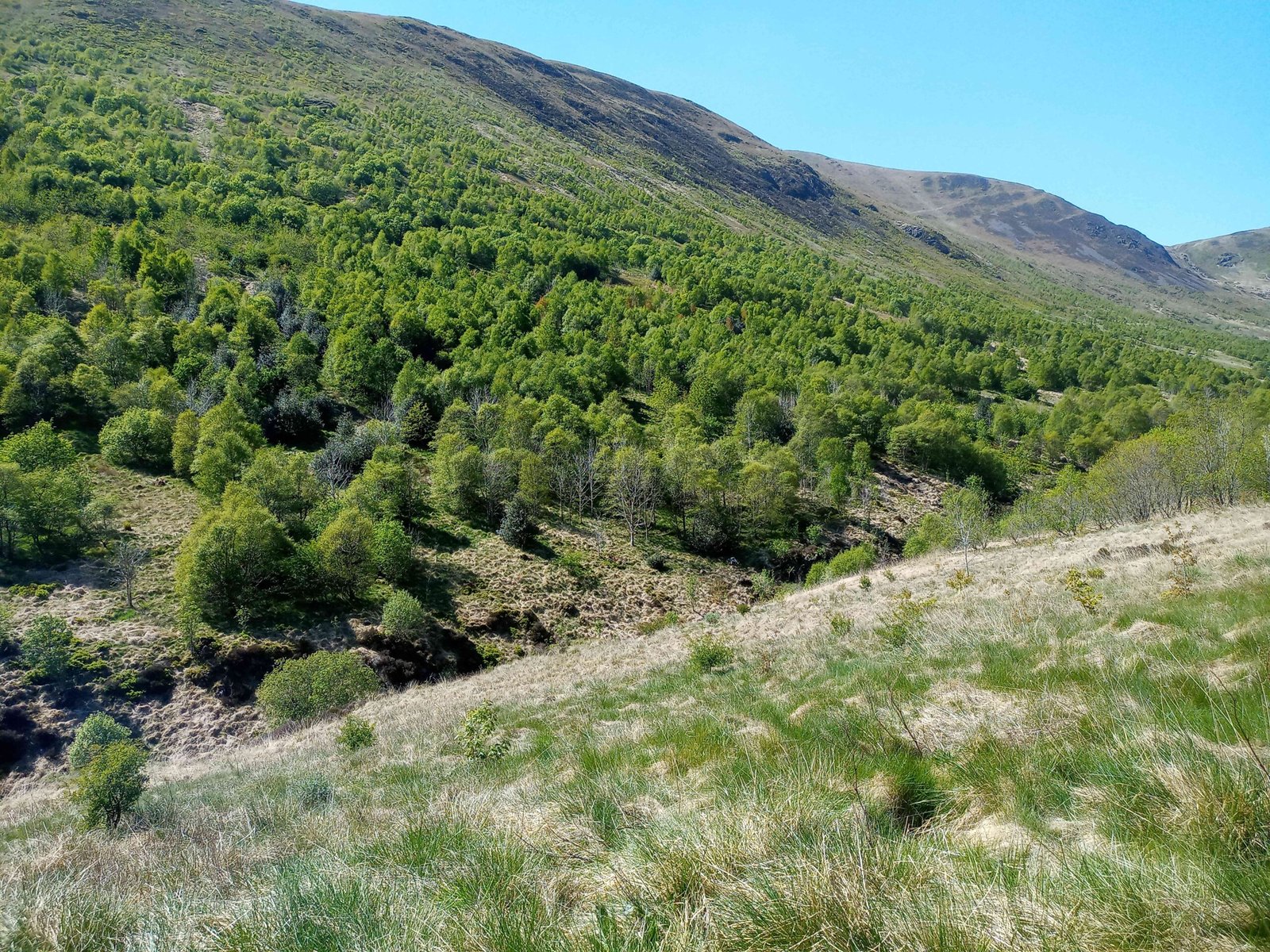
Across Scotland, success stories are already unfolding. In Glen Affric, ancient pinewoods are spreading, and black grouse are booming. At Alladale Wilderness Reserve, rivers once choked with silt now run clear, and wildcats prowl the heather. These places have become living classrooms and sources of local pride. Visitors marvel at the transformation, often saying it feels like stepping back in time—or into a brighter future.
Cultural Revival: Reconnecting with Gaelic and Highland Traditions
Rewilding isn’t just about plants and animals; it’s sparking a renewal of language, music, and stories rooted in the land. Community events celebrate Gaelic place names, ancient songs, and legends of wolves and stags. Artists and writers draw inspiration from the changing landscape, sharing tales that weave together past and present. For many, rewilding is a way to reclaim cultural identity and reconnect with ancestors who knew these hills as living, breathing worlds.
Learning from Mistakes: Adaptive Management in Action
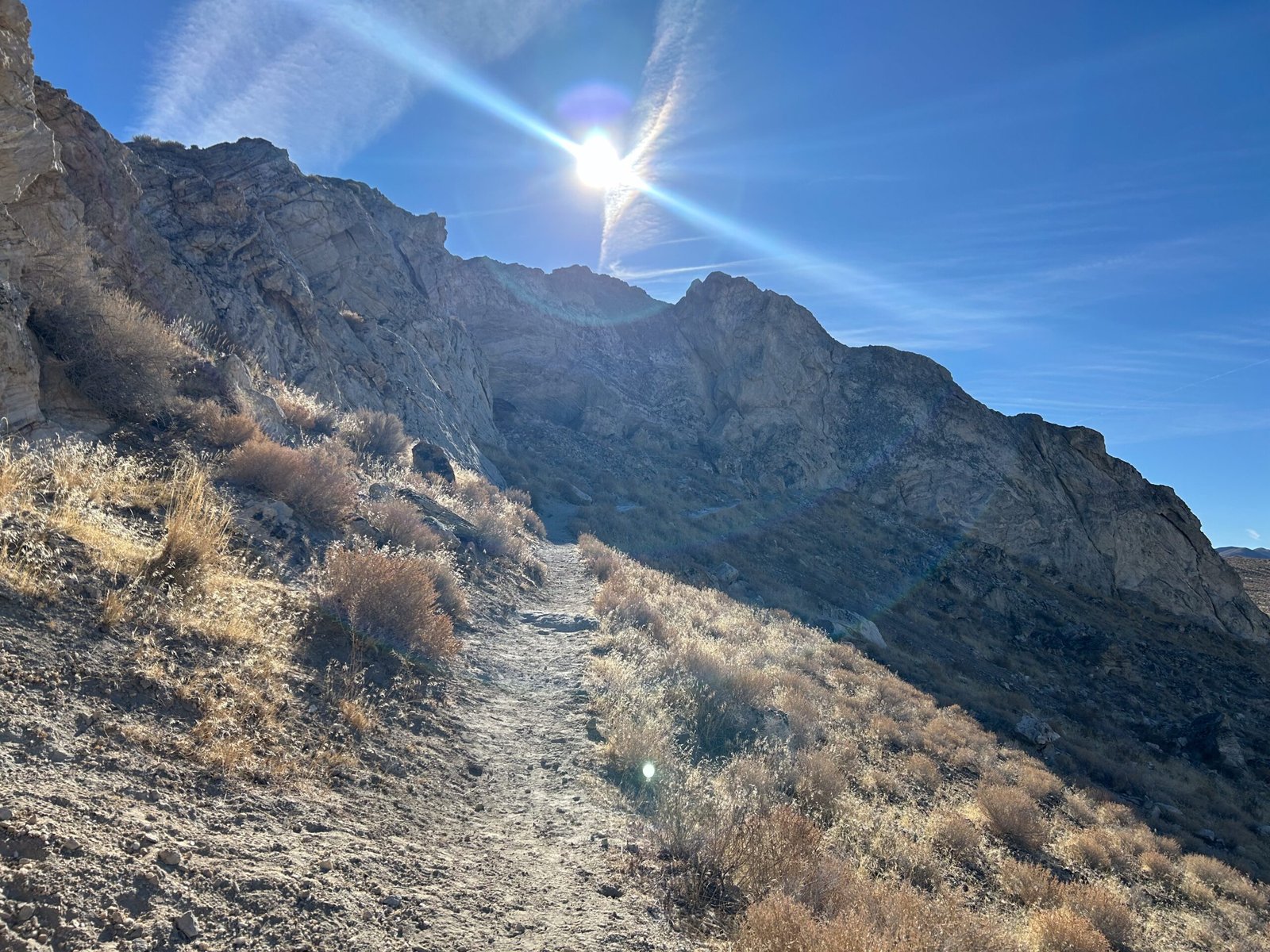
Nature is unpredictable, and not every rewilding experiment goes as planned. Sometimes trees fail, animals move on, or unexpected pests arrive. Instead of giving up, communities adapt—changing planting methods, tweaking reintroduction plans, or bringing in new expertise. This “learning by doing” approach keeps projects flexible and resilient. Every setback is a lesson, every success a reason to celebrate.
The Power of Partnership: Collaboration Across Borders
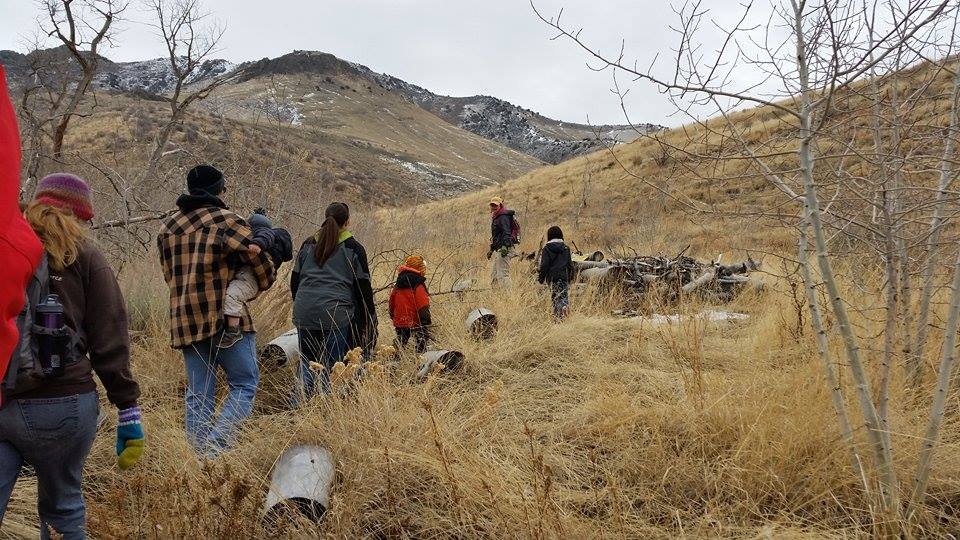
Rewilding in the Highlands isn’t happening in isolation. Scottish communities are sharing ideas with projects in Wales, Ireland, and beyond. International conferences, online forums, and twinning initiatives foster a spirit of global collaboration. Scientists, policymakers, landowners, and local residents work together, recognizing that nature knows no borders. This network of partnerships makes the movement stronger and more innovative.
A Call to Wonder: Why Rewilding Matters for All of Us
Standing in a newly restored Highland glen, you can almost hear the heartbeat of a wilder world. The return of birdsong, the splash of otters, the whisper of wind in young pines—these are gifts that belong to everyone. Rewilding is not just about fixing the past, but dreaming up a future where people and nature thrive side by side. It’s a reminder that, even in a world full of challenges, there’s room for hope, action, and awe. What could be more inspiring than seeing nature—and community spirit—come back to life in the wild heart of Scotland?



